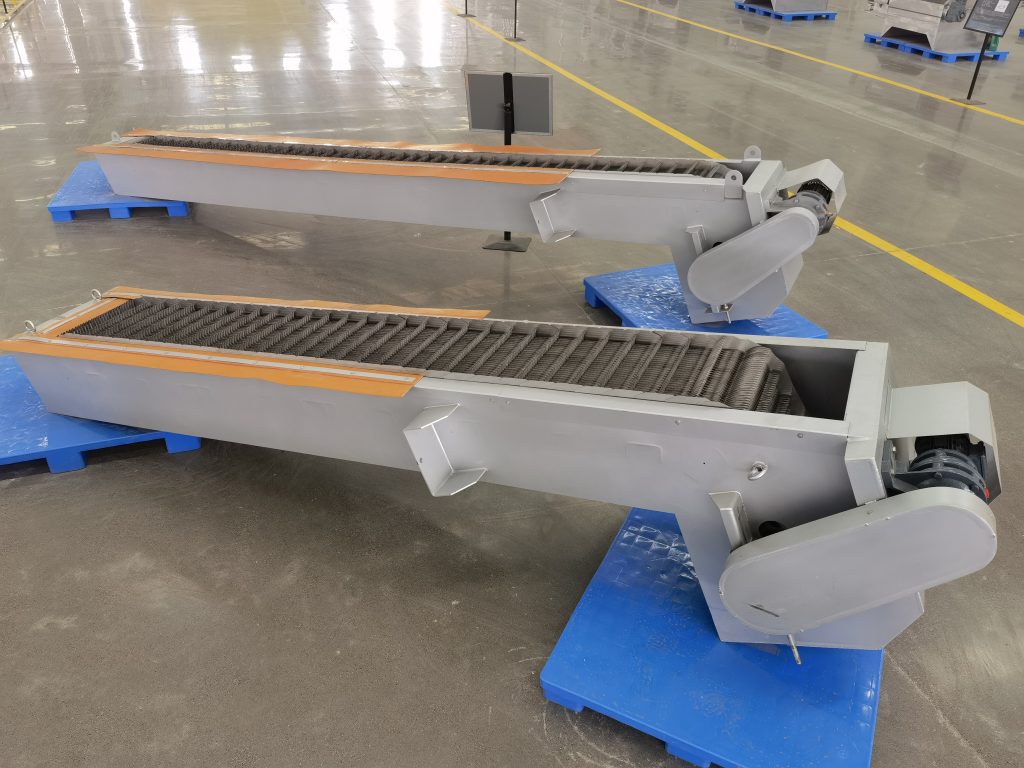A complete guide to types of screening in wastewater treatment
A necessary part of all municipal and industrial wastewater treatment plants, wastewater screening retains solids found in the wastewater. These solids must be removed at the very beginning of the water treatment process, as these solids could make the whole system less efficient, damage expensive and essential water treatment equipment or contaminate water, causing small to large scale natural upsets for a region’s entire ecosystem.

TYPES OF WASTEWATER SCREENS
There are three broad categories in which you can classify wastewater treatment screens – coarse, fine and micro. Within these categories are many different varieties of screening. The screens are classified based on the size of the screening openings, as well as other mechanical traits.
COARSE OF SCREENING IN WASTEWATER TREATMENT
Coarse screens have clear openings ranging from 6 to 150 mm (0.25 t0 6 in). Coarse screens consist of parallel bars, rods or wires, wire mesh or perforated plates with openings generally of circular or rectangular shapes. It is also called a “bar rack” and used to remove coarse solids such as rags and large objects that may clog or cause damage to other appurtenances. Based on the wastewater screening method used to clean them, coarse screens are classified into two types:
Hand cleaned coarse screens
Used in the screening process in wastewater treatment at small facilities, hand cleaned coarse screens are hand raked. They are ideal to use as a standby during periods of high flow, or when more modern mechanical screening methods are under repair or maintenance.
Mechanically cleaned screens
Mechanically cleaned coarse screens increase efficiency and reduce problems in the wastewater treatment process. Mechanically cleaned screens can be classified into the following four main categories:
Chain Driven Screens: These front and back chain driven screens can rake from upstream or downstream. An automatic chain cleans the stream, increasing the functionality of the entire wastewater treatment solution.
Catenary Screens: These front return, front cleaned chain driven screens use impressive, yet straightforward, internal mechanics to prevent further jamming in the presence of large or heavy objects.
Reciprocating Rakes: Also known as a climber screen, these wastewater treatment screening solutions use one rake rather than multiple, making them less efficient when facing heavy loads during the screening process in water treatment.
Continuous belt screen: Ultra-high tech, functional and efficient, this type of screening has many rakes and is continuous and self-cleaning, whether facing fine or coarse solid loads.
MICROSCREENS FOR WASTEWATER SCREENING
The smallest type of screening in wastewater treatment is micro screening. These screens are typically low-speed drum screens. The drums are lined with filtering fabrics with openings of 10 to 35µm. Wastewater enters the drum, and the retained solid waste is collected and disposed of.
FINE SCREENING IN WASTEWATER TREATMENT PLANTS
The screening process in water treatment plants employs screens that have clear openings less than 6mm called fine screens. They are made of wire cloth, wedge wire or perforated plates. Like micro screens, they are tools for screening in wastewater treatment that are used to remove fine solids. Three common types of fine screening in wastewater treatment are:
Drum Screens (rotating cylinders in the flow channel)
Step Screens (fixed and movable plates across the width of the channel)
and Static Wedge Wire Screens (used by large treatment plants with ample floor space)
